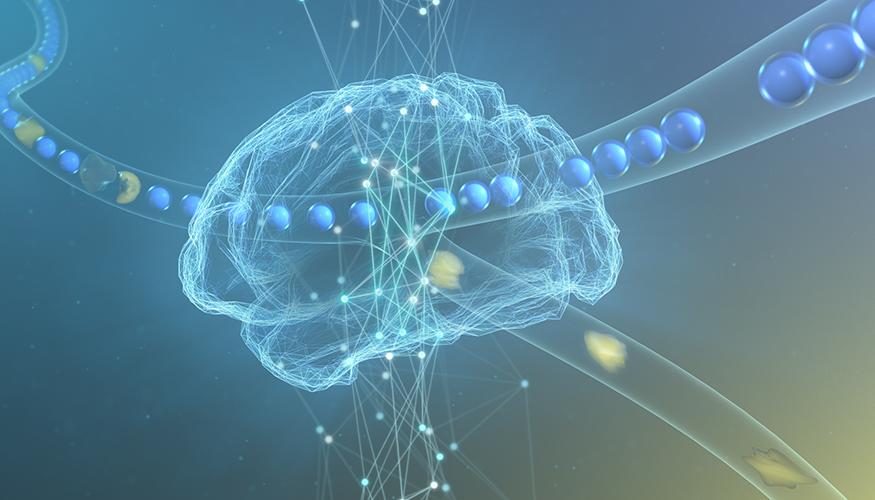Microfluidic systems, such as inkjet print heads, DNA microarrays, biosensors, cell sorting, and lab-on-a-chip devices, rely on sub-millimeter plumbing components to manipulate fluids precisely. Due to the flow characteristics within small microfluidic channels, these systems are often amendable to physics-based models that inform suitable geometric designs and/or operating conditions for a wide variety of microfluidic applications. However, practical usage of such devices typically requires monitoring and intervention by humans to ensure proper functioning of these devices due to abnormalities that arise in fluid flow. For instance, unexpected clogs, air bubbles, chemical impurities, pressure fluctuations in external pumps, fluid instabilities, among other issues can lead to disruptions in normal operation that result in time and material loss, reduce production or detection quality, and, depending on the severity, damage to the microfluidic device. Furthermore, efforts to scale up output from a given microfluidic technology require highly-parallelized arrays of microfluidic platforms that are too complex to be overseen by humans.
LLNL researchers have developed a system that relies on machine learning to monitor microfluidic devices. The system includes (at least) a microfluidic device, sensor(s), and a local network computer. The system could also include a camera that takes real-time images of channel(s) within an operating microfluidic device. A subset of these images can be used to train/teach a machine learning algorithm to interpret the status of the microfluidic process. Machine learning describes a class of algorithms in which a computer "learns by example" in order to derive meaning from (possibly) complicated or imprecise data. These algorithms can act as the "brain" that controls a robot/machine by "deciding" tasks based upon its perception of environmental cues.
The LLNL method requires a subset of process data to be collected from typical operational of a microfluidic system during which "good" and "bad" events occur. This subset of data is used to train an algorithm that is then capable of assessing the status of microfluidic operation in real time. Depending on the assessment output by the algorithm, the algorithm can then trigger pre-programmed adjustment(s) to modulate the operation of the microfluidic system.
Once the machine learning algorithm is fully trained, it can be used to assess newly collected process data generated by the microfluidic device. If the device is not functioning properly, the output from the machine learning algorithm can be used to implement pre-programmed corrective response(s) thereby reducing the need for human intervention. For example, if the algorithm detected a clog within the device, the algorithm could then send a control sequence to the external supply pump(s) to increase pressure in order to clear the clog. In this example, once the algorithm detects the clog's removal, the algorithm could trigger the microfluidic device to return to normal operation.
A trained algorithm could also classify and/or count events, and/or decipher any additional relevant information about the microfluidic device that is captured by camera images.
Additional process data from a chemical or conductivity sensor, can be incorporated into the training set, which would enable the machine learning algorithm to perceive environmental cues beyond what is possible from image data alone. Feedback from the machine learning algorithm could then be used to control the microfluidic device.
Applications for the proposed system includes:
- Automated monitoring and control to inform and ensure proper functioning of microfluidic system(s) for applications including, but not limited to:
- Cell sorting and counting
- DNA microarrays
- Biosensors
- Particle sorting and counting
- Lab-on-a-chip devices
- Micromixers
- Microreactors
- Simultaneous control of multiple systems (in list above) as necessary for scale up
LLNL has filed a patent application for this invention. See attached poster entitled: “Machine Learning of Microfluidic-based Encapsulation”.


